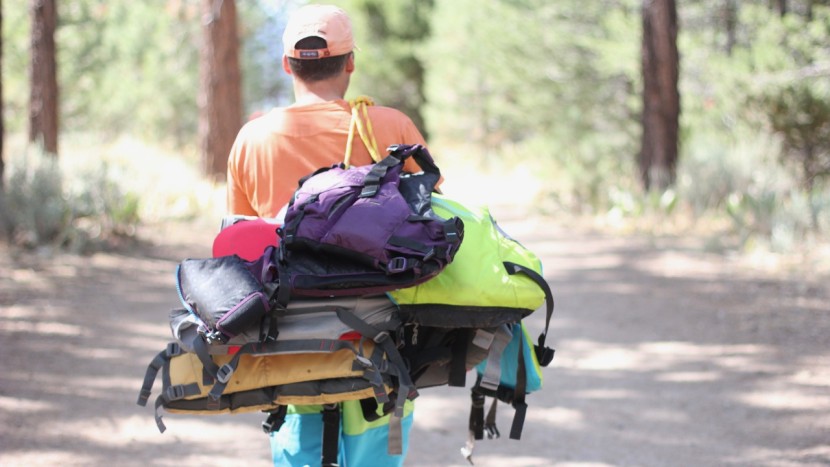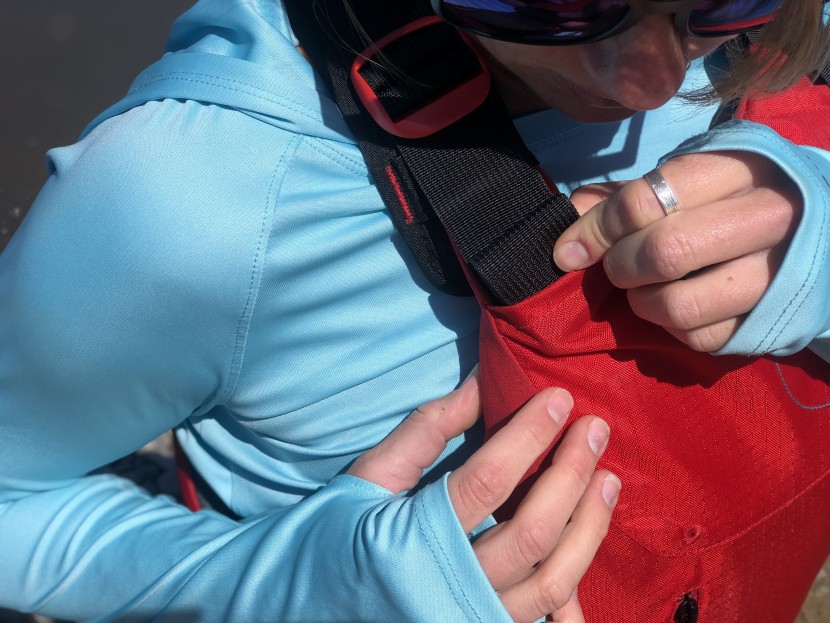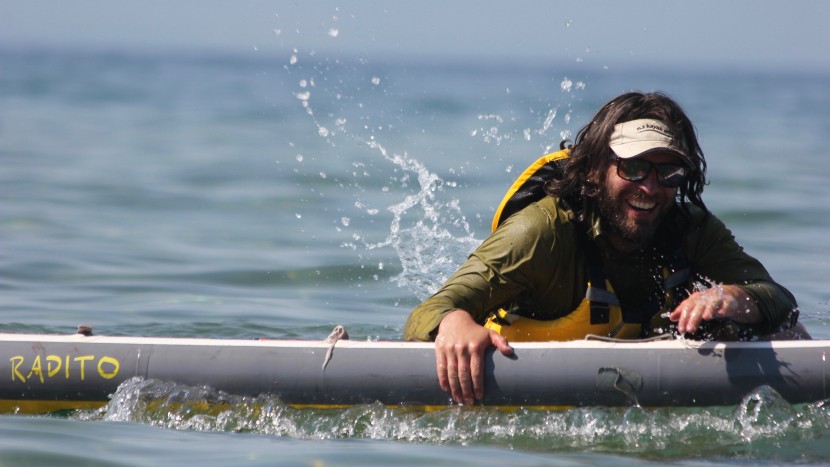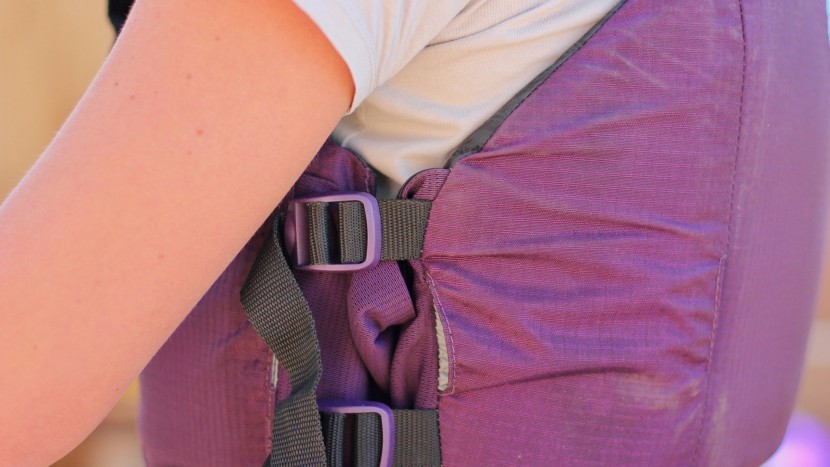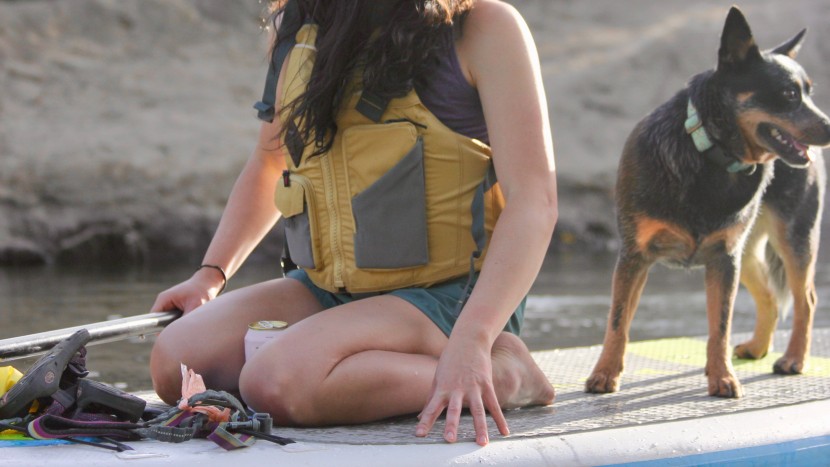A life jacket is more than just a piece of gear; it's a safety device and an essential part of any water-based adventure. This is not the time to just grab any old piece of gear you can get your hands on. There are many options to choose from, and while all US Coast Guard-approved jackets will meet safety requirements, not all will suit your individual needs. In order to give you a full picture of the life jackets available, we spent months trying out a full lineup of different personal flotation devices. We assessed how well they float, how well they fit folks of a range of sizes, how comfortable they are, how easy they are to move in, their quality of construction, their versatility, and additional features. The following is a walkthrough of how we tested each of our key metrics.
Fit
Fit is crucial, mainly because this will impact how well the jacket will float you. To assess this, we researched the range of sizes offered for each jacket and compared this with how well our different-sized testers reported they fit when both dry and in the water. We paid particular attention to how each jacket can be adjusted to fit different body shapes, such as large busts, guts, arms, or small frames. To evaluate the adjustability of each life jacket, we tested the range of measurements that each claims to accommodate. Beyond how well they can fit that range, we also considered how easily they do so. We tested how well the straps adjust and how easy it is to adjust each one's size for a new wearer. Furthermore, we checked each to see if they ran large, small, or true to size. And, though we tested just one size of each model, we also considered how many other sizes are available and whether that range is likely to satisfy the diversity of life jacket wearers.
Comfort and Mobility
Comfort is king when it comes to what you wear, and a PFD is no exception. To assess comfort and mobility, we used these life jackets for a variety of water activities. We kayaked, paddle-boarded, boated, and floated, evaluating how the jacket design impacted our mobility. We also tried them on with sun shirts and against bare skin, paying particular attention to chafing and spots of discomfort. We noted where the zippers, clips, and straps are and how those feel and move with the wearer. We paddled and swam in each to see if and where they rubbed and if they were comfortable to sit in or lean back on a kayak seat. We wore them dry and wet and evaluated the fabric feel over long periods. To test mobility, we looked at the contenders' performance under pressure and their functionality in various situations. We jumped in the water to see if they stayed put or needed to be readjusted. We swam around and considered their performance while doing so, asking questions like: Is it too tight or loose? Do you still have free range of motion to swim? Does it make you feel safe and confident to float in?
Quality of Construction
We score each jacket for its quality of construction, partially based on our observations during months of testing. We also consider the materials used for stitching, flotation, and the outer shell. In addition, we consider the reports of other users, particularly with regard to how well zippers, buckles, and stitching fair over time. None of us want any piece of gear to fail while we're using it, especially not one that's supposed to aid in your safety. And, as we all know, the water can be particularly tough on gear--even more so if your preferred water to play in is salty. While we can't pack years of sea kayaking into a single summer, we tested the durability of every jacket as thoroughly as possible. We checked each model's materials, seams, thickness, and construction. We tested buckles and zippers when wet and full of sand. We also looked for weak spots and took note of anything that didn't stand up to the ravages of the waves. In addition, We also read cleaning and care instructions for each and considered lifetime expectations given by the manufacturers as well as warranties offered. And, to expand our pool of knowledge, we scoured the internet for complaints from other users.
Features and Versatility
Most of us who love water sports like to indulge in several different kinds, and having a PFD that can do it all is important. To test the versatility of each life jacket, we first considered the activities the manufacturer advertises and recommends. We then pushed the boundaries a little bit to see what each could do by kayaking, paddleboarding, swimming, etc. We dove into every model's pockets, straps, and other little features. We stuffed them with snacks, keys, and phones to see what fit, what worked well, and what was less than ideal. We also considered some aspects of portability and ease of use, like weight, storage, and the ease of repacking and rearming the inflatable options.
Flotation
Using an electronic hanging scale, we measured the mass of a 25-pound weight in the swimming pool. We then attached the weight to each life vest for 10 minutes and noted the recorded weight. We compared these results against the advertised buoyancy of each jacket. Next, we considered the experiential aspect of flotation by putting on each jacket and spending time actively swimming and leisurely floating in the water. We climbed on and off our paddle boards and kayaks and compared how the PFD supported our bodies in the water.

